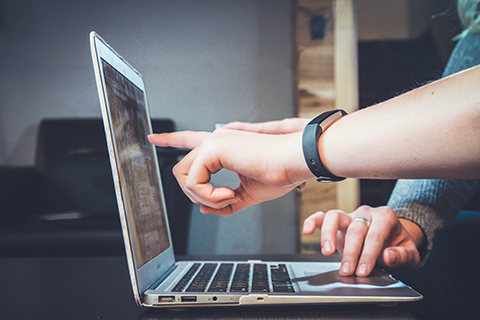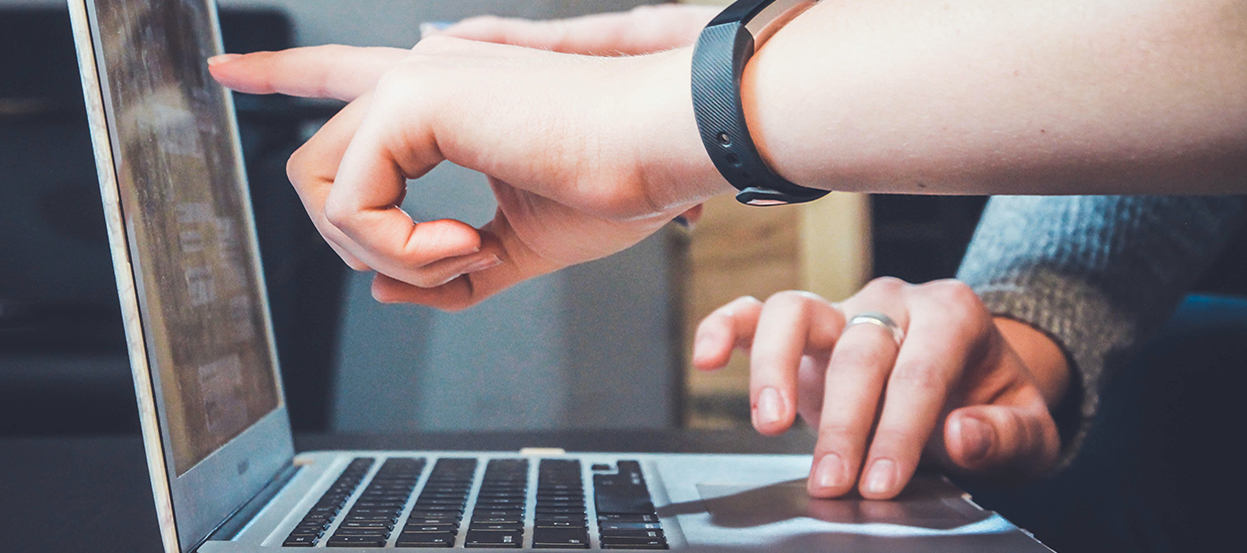To begin to define flipped learning, it is useful to reflect on the word “class” - after all, flipped learning is, at its core, just another way of conceiving of a class:
- What happens in a class?
- What is the most valuable use of class time, and what can be left for homework?
- What are the roles of the teacher and students?
- How is the physical space organized?
In a flipped classroom, students' first exposure to content - through recordings of lectures, for example - takes place at home, and class time is spent on more cognitively-challenging tasks that require discussion, application, and synthesis. This leads to significant changes, not only in the structure and timing of activities, but also in the roles of the teacher and students and even in the arrangement of the physical space, which is often required to facilitate more active participation. The teacher becomes a guide in the learning process, choosing content, designing and scaffolding in-class tasks, and carrying out a robust formative-assessment cycle, while students take on a much more active role as they self regulate their learning and participate in tasks which stimulate higher-order thinking.





